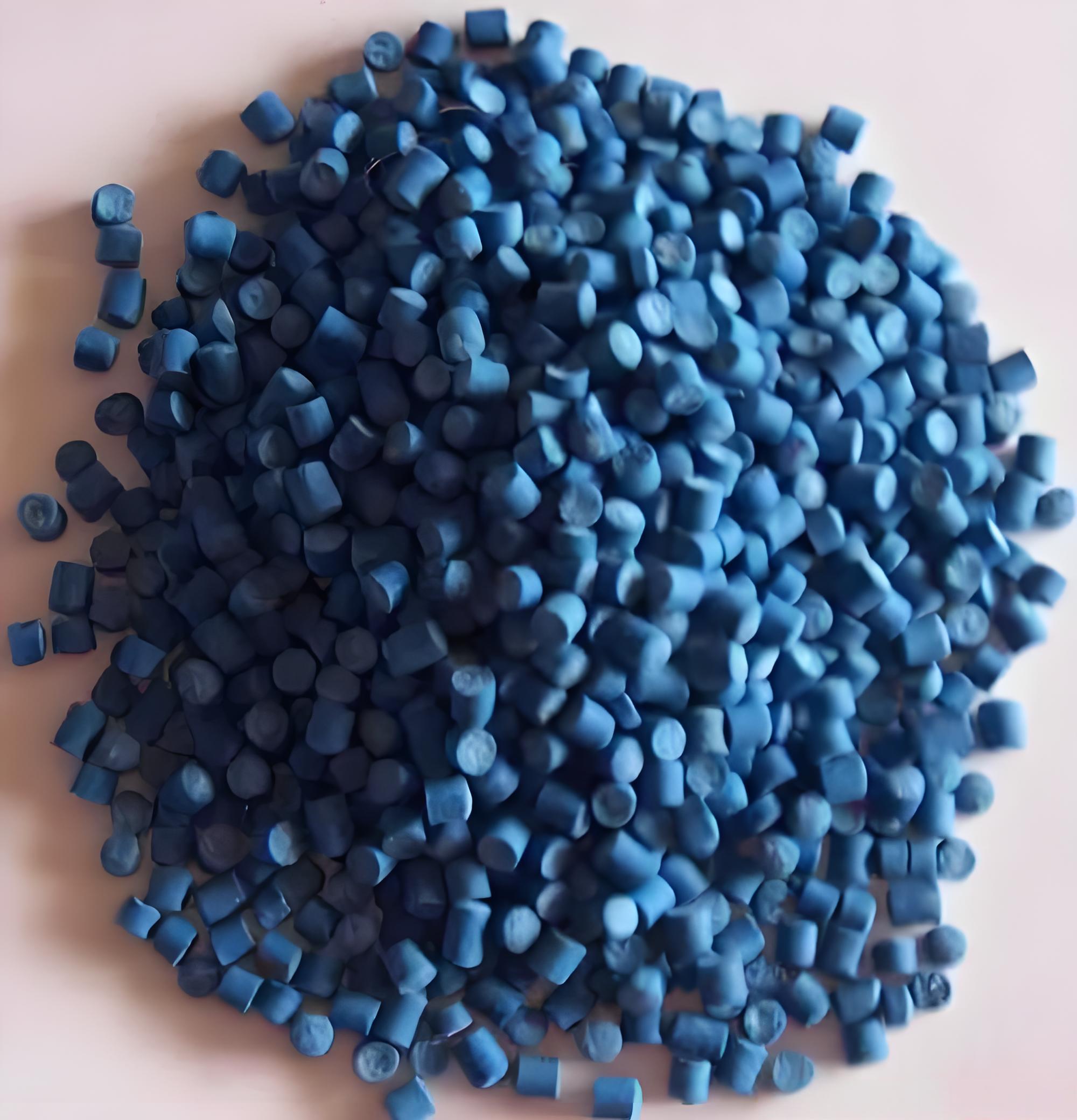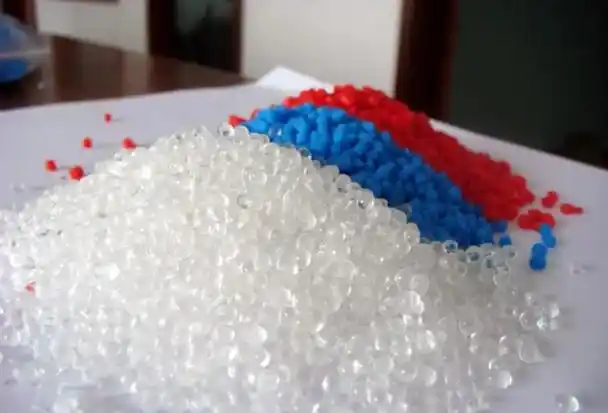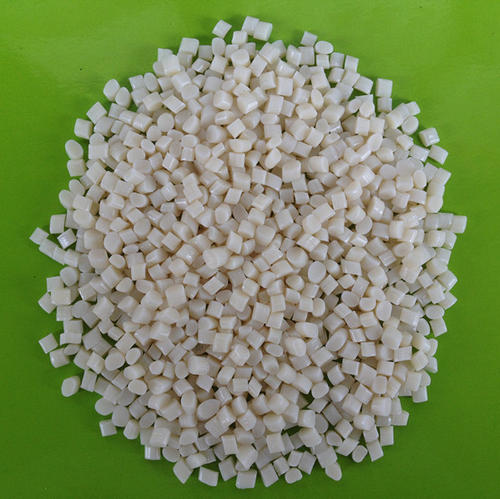As someone who’s been knee-deep in the plastics and surface treatment industry for over a decade, I’ve encountered my fair share of challenges with thermoplastic elastomers (TPEs). These versatile materials, known for their flexibility, durability, and rubber-like feel, are a favorite in industries ranging from automotive to consumer goods. But one issue that keeps popping up, whether I’m consulting for a factory or troubleshooting in a workshop, is inconsistent gloss and matte finishes on TPE surfaces. It’s frustrating when a part comes out with patchy shine or uneven texture, especially when you’re aiming for a polished, uniform look. So, how do you fix this? Let me walk you through the causes, solutions, and practical tips I’ve gathered from years of hands-on experience to help you achieve a consistent TPE surface finish.

What Are TPEs and Why Do Finishes Matter?
Before diving into solutions, let’s get on the same page about TPEs. Thermoplastic elastomers are a class of materials that combine the elasticity of rubber with the processability of thermoplastics. They’re used in everything from soft-touch grips on tools to seals in medical devices. The surface finish—whether glossy, matte, or somewhere in between—plays a huge role in both aesthetics and functionality. A glossy finish might enhance a product’s premium look, while a matte finish can improve grip or hide scratches.
In my early days working with TPEs, I was part of a team designing phone cases. We aimed for a silky matte finish, but some batches came out with glossy streaks, making them look cheap and inconsistent. That experience taught me that surface finish issues aren’t just cosmetic—they can impact customer perception and product performance. Let’s explore why these inconsistencies happen and how to address them.
Why Do TPE Surfaces Have Inconsistent Gloss and Matte Finishes?
Inconsistent finishes on TPEs can stem from multiple factors during manufacturing, processing, or post-treatment. Based on my observations across countless projects, here are the main culprits:
Material Composition Variations: TPEs are often blends of polymers, fillers, and additives. Slight variations in the mix—like inconsistent filler dispersion or additive migration—can lead to uneven surface textures.
Molding Process Issues: Injection molding, a common method for TPEs, can cause finish inconsistencies if parameters like temperature, pressure, or cooling rates aren’t tightly controlled.
Mold Surface Quality: The texture of the mold itself directly affects the TPE’s finish. Imperfections or wear in the mold can create uneven gloss or matte areas.
Post-Processing Errors: Secondary processes like painting, coating, or cleaning can alter the surface if not done correctly, leading to patchy finishes.
Environmental Factors: Exposure to heat, UV light, or chemicals after molding can cause surface changes, such as glossing or hazing.
I recall a project where we produced TPE grips for fitness equipment. The client wanted a uniform matte finish, but some parts had glossy patches. After investigating, we found that uneven cooling in the mold was causing the issue. This kind of detective work is often needed to pinpoint the root cause.

Solutions for Consistent TPE Surface Finishes
Fixing inconsistent gloss and matte finishes on TPEs requires a multi-angle approach, addressing material, processing, and post-treatment stages. Here’s how I’ve tackled this issue in real-world scenarios, with practical methods you can apply.
1. Optimize Material Selection and Formulation
The foundation of a consistent finish starts with the TPE formulation. Different grades of TPEs—such as styrene-based (SEBS), polyurethane-based (TPU), or olefin-based (TPO)—have varying tendencies to produce glossy or matte surfaces. For example, SEBS often leans glossy unless modified with matting agents.
Work with Suppliers: Collaborate with your TPE supplier to select a grade designed for your desired finish. I once worked with a supplier to tweak a TPE blend with silica-based matting agents, which gave us a consistent matte finish for a medical device component.
Control Additives: Additives like slip agents or plasticizers can migrate to the surface, causing gloss variations. Ensure these are evenly dispersed during compounding. In one case, we reduced slip agent levels by 0.5% and saw a dramatic improvement in finish uniformity.
Test Batches: Always test small batches before full production to catch formulation issues early.
2. Fine-Tune the Injection Molding Process
The molding process is where many finish issues arise. Injection molding parameters like melt temperature, injection speed, mold temperature, and cooling time directly influence surface appearance.
Adjust Melt Temperature: High melt temperatures can increase gloss by creating a smoother surface, while lower temperatures promote a matte finish. I’ve found that staying within the manufacturer’s recommended temperature range (e.g., 180–220°C for SEBS) minimizes inconsistencies.
Control Cooling Rates: Uneven cooling can cause gloss variations. Ensure uniform cooling across the mold by optimizing cooling channel design. In a project for TPE seals, we redesigned the cooling system to reduce temperature gradients, resulting in a uniform matte finish.
Optimize Injection Speed: High injection speeds can trap air, leading to glossy spots. Slower speeds often yield a more consistent texture. Experiment with speeds during prototyping to find the sweet spot.

3. Enhance Mold Design and Maintenance
The mold’s surface is like a canvas for TPEs—what’s on the mold transfers to the part. A poorly maintained or improperly textured mold can ruin your finish.
Choose the Right Mold Texture: For a matte finish, use a mold with a sandblasted or chemically etched surface (e.g., VDI 30–36). For gloss, polish the mold to a mirror finish (e.g., SPI A-1). I once advised a client to re-texture their mold to VDI 33, which eliminated glossy streaks on their TPE handles.
Regular Mold Maintenance: Clean and inspect molds regularly to remove residue or wear. A worn mold caused patchy finishes in one of my projects, and a simple re-polishing fixed it.
Use Release Agents Sparingly: Overuse of mold release agents can leave residues that alter gloss. Opt for minimal or silicone-free agents compatible with TPEs.
4. Post-Processing Techniques
If inconsistencies persist after molding, post-processing can help. These methods require care to avoid damaging the TPE’s properties.
Surface Abrasion: Light sandblasting or media blasting can create a uniform matte finish. I used this on TPE gaskets that had glossy patches, achieving a consistent texture without compromising the material’s elasticity.
Chemical Matting: Certain chemical treatments can reduce gloss, but they must be TPE-compatible to avoid degradation. Test on samples first, as I learned the hard way when a client’s TPE part became brittle after an incompatible treatment.
Coatings: Applying a matte or gloss coating can standardize the finish. UV-curable coatings work well for TPEs, but ensure proper adhesion. In a consumer electronics project, we used a matte UV coating to unify the finish on TPE buttons.
5. Environmental Protection
Post-production exposure can alter TPE finishes. For example, UV light can cause glossing, while oils can create matte patches. Protect parts with proper storage and packaging, and consider UV-resistant additives if the product will be exposed to sunlight.
In a project for outdoor TPE mats, we added UV stabilizers to the formulation, which prevented gloss changes after months of sun exposure. Simple steps like storing parts in opaque packaging also help maintain the original finish.

Comparing Processing Methods for TPE Finish Consistency
To make this practical, here’s a table summarizing key methods for addressing inconsistent TPE finishes, based on my experience across various applications.
| Method | Effectiveness | Best For | Key Considerations |
|---|---|---|---|
| Material Formulation | High | All TPE applications | Work with supplier; test additives |
| Molding Optimization | High | Injection-molded parts | Adjust temperature, cooling, speed |
| Mold Maintenance | Moderate to High | Parts with specific textures | Regular cleaning; proper texturing |
| Post-Processing | Moderate | Correcting minor inconsistencies | Test compatibility; avoid overuse |
Note: Effectiveness depends on the specific TPE grade and application. Always prototype before scaling up.
This table reflects real-world scenarios. For instance, material formulation is a go-to for consistent results across large production runs, while post-processing is better for fixing small batches with minor issues.
Real-World Examples
Let me share two projects that highlight how these solutions play out.
Case 1: Automotive TPE Seals
A client producing TPE seals for car doors faced inconsistent matte finishes, with some seals showing glossy streaks. After inspecting the process, we identified two issues: uneven mold cooling and excessive slip agent in the TPE blend. We optimized the cooling channels and reduced the slip agent by 0.3%, resulting in a uniform matte finish across 10,000 units. The client was thrilled, as it improved both aesthetics and part performance.

Case 2: Consumer Electronics Grips
For a TPE grip on a gaming controller, the client wanted a silky matte finish but got patchy gloss. The mold’s texture was inconsistent due to wear, and the injection speed was too high. We re-textured the mold to VDI 34 and lowered the injection speed by 20%. A light media blasting post-process sealed the deal, giving a consistent matte look that enhanced the product’s premium feel.
Challenges and Practical Tips
Fixing TPE finish inconsistencies isn’t always straightforward. Here are some challenges I’ve faced and tips to navigate them.
Challenges
Cost of Adjustments: Reformulating TPEs or re-texturing molds can be expensive, especially for small runs.
Material Sensitivity: TPEs are sensitive to processing conditions, and small changes can affect mechanical properties, not just the finish.
Trial and Error: Finding the right combination of parameters often requires multiple tests, which can delay production.
Environmental Impact: Post-processing like chemical treatments may involve waste, which conflicts with sustainability goals.
Tips
Start with Prototyping: Test material formulations and molding parameters on small batches to avoid costly rework.
Document Settings: Keep detailed records of successful molding parameters to replicate results in future runs.
Collaborate with Experts: Work with TPE suppliers and mold designers to optimize formulations and tooling from the start.
Invest in Quality Molds: A high-quality, well-maintained mold pays off in consistent finishes and fewer defects.
Monitor Environment: Store TPE parts in controlled conditions to prevent post-production finish changes.

The Future of TPE Surface Finishing
The industry is moving toward smarter solutions for TPE finishes. Advanced mold texturing techniques, like laser etching, are making it easier to achieve precise matte or gloss levels. I’ve also seen developments in self-matting TPE formulations, which reduce reliance on post-processing. At a recent trade show, a supplier showcased a TPE grade with built-in nano-additives that ensure a consistent matte finish without affecting flexibility—pretty exciting stuff!
Another trend is real-time process monitoring. Some injection molding machines now use sensors to track surface finish during production, alerting operators to inconsistencies before parts leave the mold. While these technologies are still emerging, they promise to make finish issues a thing of the past.
Closing Thoughts
Dealing with inconsistent gloss and matte finishes on TPE surfaces can feel like a puzzle, but with the right approach, it’s solvable. By optimizing material formulation, fine-tuning molding processes, maintaining molds, and applying targeted post-processing, you can achieve the uniform finish your project demands. Whether you’re crafting consumer goods or industrial components, these strategies—honed through years of trial and error—will help you get it right.
The key is to approach the problem systematically, testing and tweaking until you find what works for your specific TPE and application. With patience and the right tools, you’ll turn those patchy surfaces into a showcase of quality and consistency.

Related Questions and Answers
Q: Can I achieve a matte TPE finish without post-processing?
A: Yes, by selecting a TPE grade with matting agents and using a properly textured mold (e.g., VDI 30–36). Optimize molding parameters like lower melt temperatures to enhance the matte effect.
Q: How do I know if my mold is causing finish inconsistencies?
A: Inspect the mold for wear, residue, or uneven texturing. Test with a polished or re-textured mold to compare results. Regular maintenance can prevent these issues.
Q: Are there TPE grades that naturally resist gloss variations?
A: Some SEBS-based TPEs with high filler content or matting additives are designed for consistent matte finishes. Consult your supplier for specific grades.
Q: Does post-processing affect TPE durability?
A: It can if not done carefully. For example, aggressive chemical treatments may weaken the material. Always test post-processing methods on samples to ensure compatibility.
Q: How can I prevent finish changes after production?
A: Store TPE parts in cool, dry conditions away from UV light. Consider UV-resistant additives or protective coatings for parts exposed to harsh environments.





